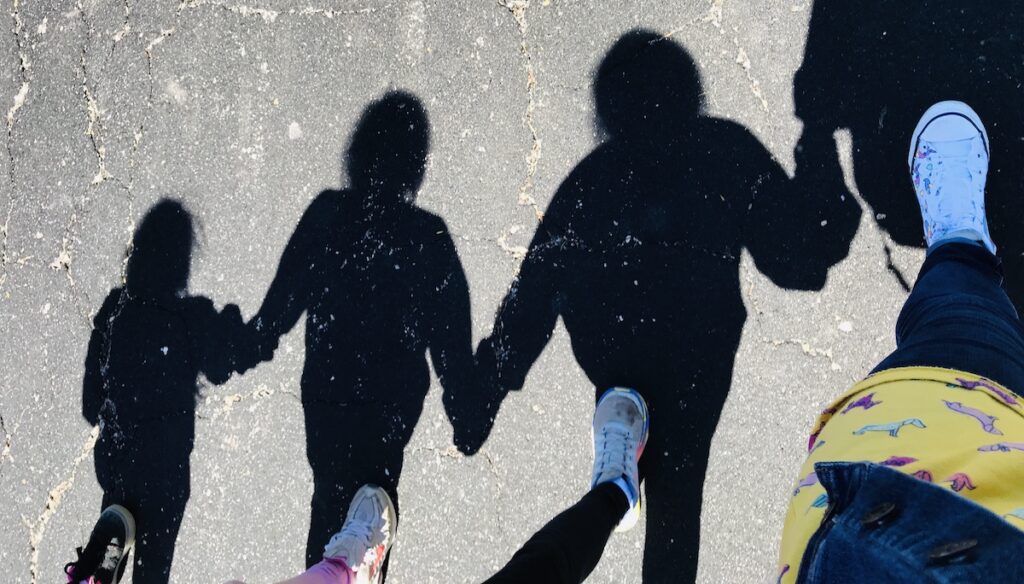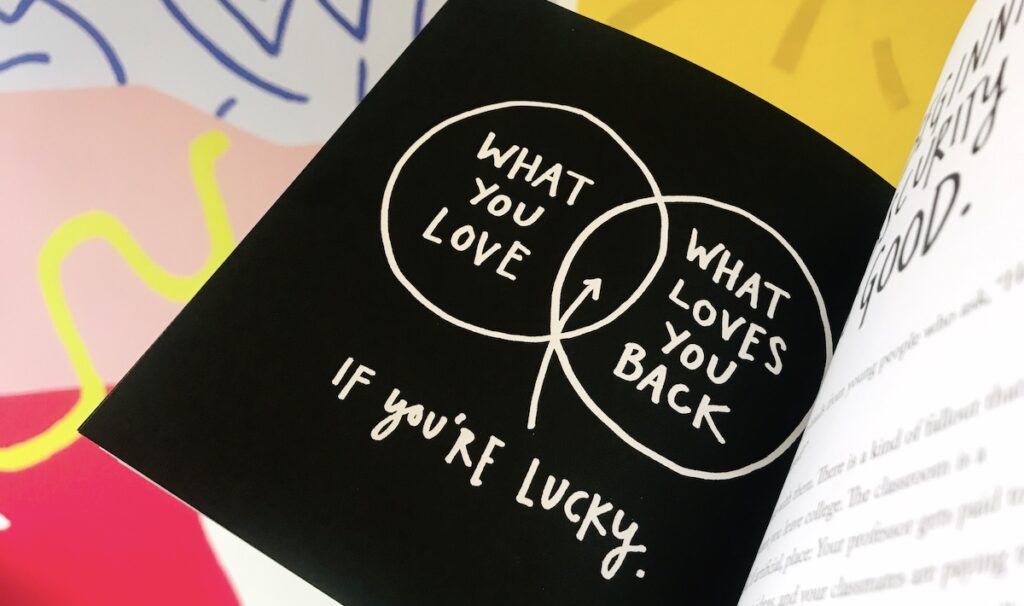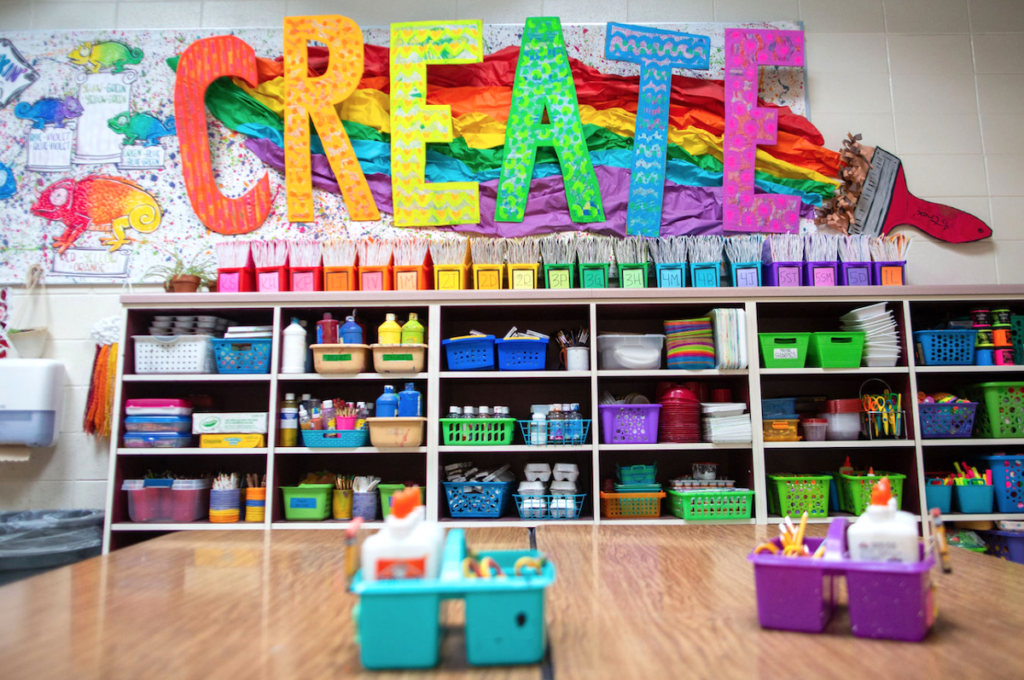Have you ever been caught off guard by a huge bear hug from a student, or an, “I love you!” on the way out the door? What is your gut response? Was that gut response the right one?
As art teachers, we see many types of students—often every kid in the entire school! Some students want to give more, emotionally or physically. We work hard to make our art rooms highly engaging and awesome, so it’s no surprise our students love us. Being a positive resource in our school environment can make a huge impact on school the atmosphere.

Famous educator, Ron Clark, spoke with Art Ed Now about teaching with love and passion as an absolute must. One cannot go without the other. When it comes down to it, we will always need to consider how we, as educators, respond to words or actions from our students.
There are a lot of things to think about when it comes to appropriate physical or emotional responses to students. For example, what is the age of the student? What were the circumstances where the interaction took place? What was happening in the art room at the time? So many decisions and actions go into our day.
Find the appropriate balance.
We are never just art teachers to our students. We are caretakers, parents, and friends. We all want to teach our students to foster a love of learning. We want to encourage our students to be emotionally strong and physically appropriate. Sometimes, that can feel more difficult than teaching students how to draw with one point perspective. Even though it’s difficult, you have to find a responsive balance.
Know yourself and your students.
The best way to know how to respond to someone is to know more about them. An amazing way to learn more about people, specifically the way they give and receive love, is through familiarity with The Five Love Languages. These love languages can help you learn more about yourself as a teacher and person. It can also add valuable insight into how you can interact with others. The Five Love Languages have even created a version that helps understand the giving and receiving of love from kids.
Respond appropriately.
So, what is the proper response to a student who says, “I love you!” or runs up to you, arms spread for a hug? The smartest place to check is with your school district about specific listed rules and expectations. After all, your job depends on your ability to follow the rules set by your employer.
Of course, these rules will vary depending on the age level of your students. In an elementary school, you may see a young student holding a teacher’s hand at the front of a line. You may see teachers offering a “Hug or High Five” at the end of every day before the kids head out to the bus. It completely depends on your school culture.
You may also want to check with the special education teachers who work within your school. Often times, there are students who react strongly to physical touch or words, both positively and negatively. These teachers will have a crucial insight as to how to interact with students with high sensitivity.

As noted in the book, Steal Like an Artist, by Austin Kleon, striving to merge what you love and what loves you back is the best of both worlds. In this case, this love can reference children, art, teaching, or all of the above.

When it comes down to it, you need to answer these questions for yourself. It’s most important that your students have a safe place to create. You need to be the safest person for them, and to do that, you need to set appropriate boundaries. In response to a kindergartener shouting their love for you, you might say, “I love you, too, friend!” or “Thank you!” In response to a middle schooler coming in for a hug, you might try turning for a side-hug or say, “I’m more comfortable with a high five.” Whatever your reaction is, make it the best decision for your students.
Do you tell your students you love them?
Do you feel it’s appropriate to offer hugs to your students?
Magazine articles and podcasts are opinions of professional education contributors and do not necessarily represent the position of the Art of Education University (AOEU) or its academic offerings. Contributors use terms in the way they are most often talked about in the scope of their educational experiences.





